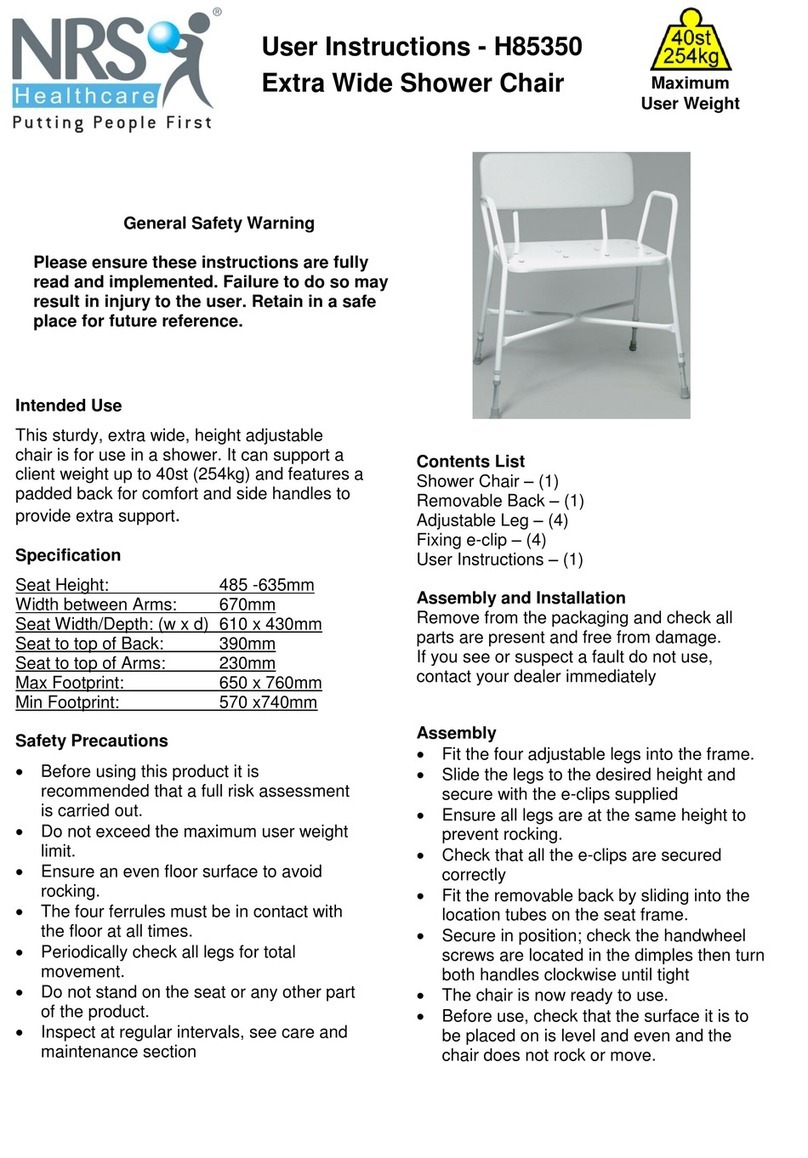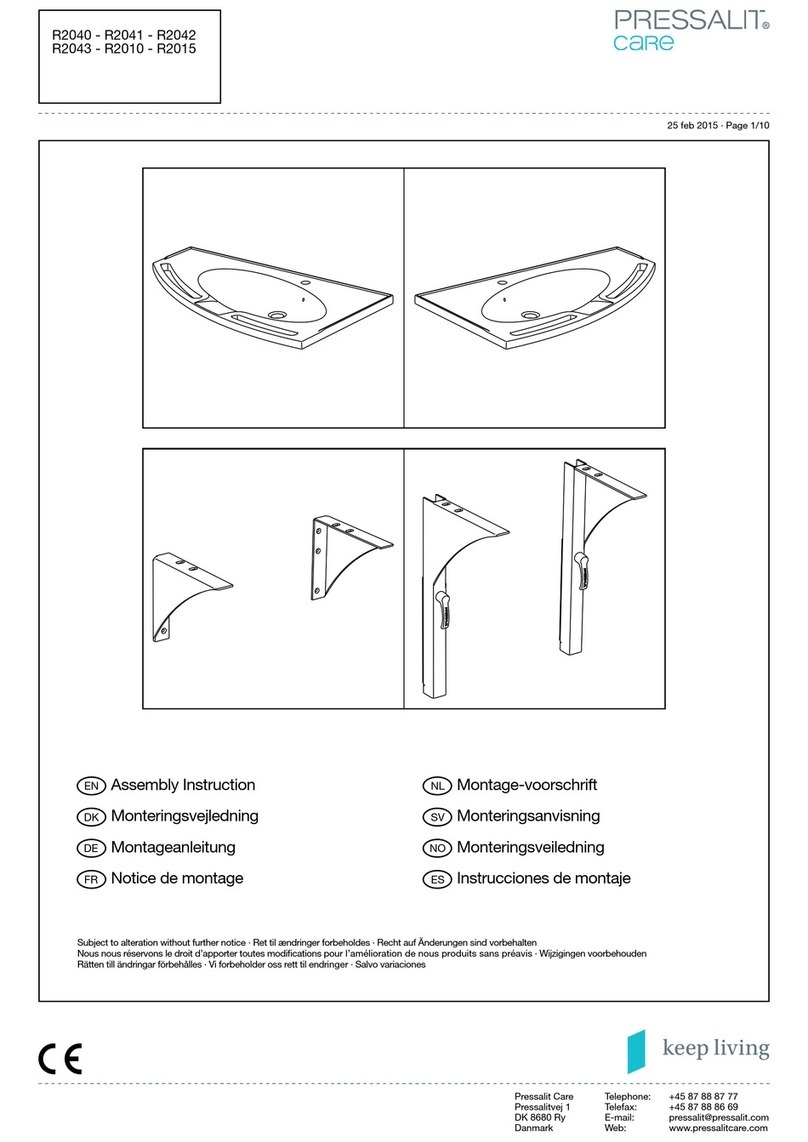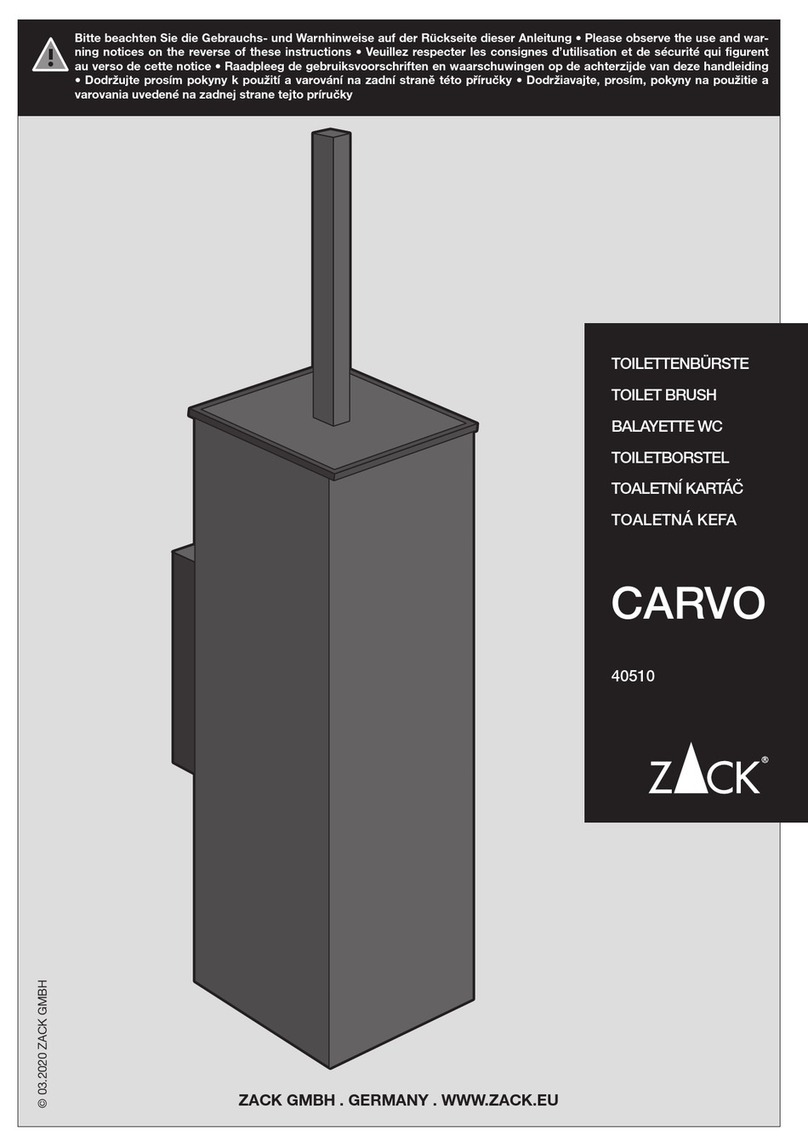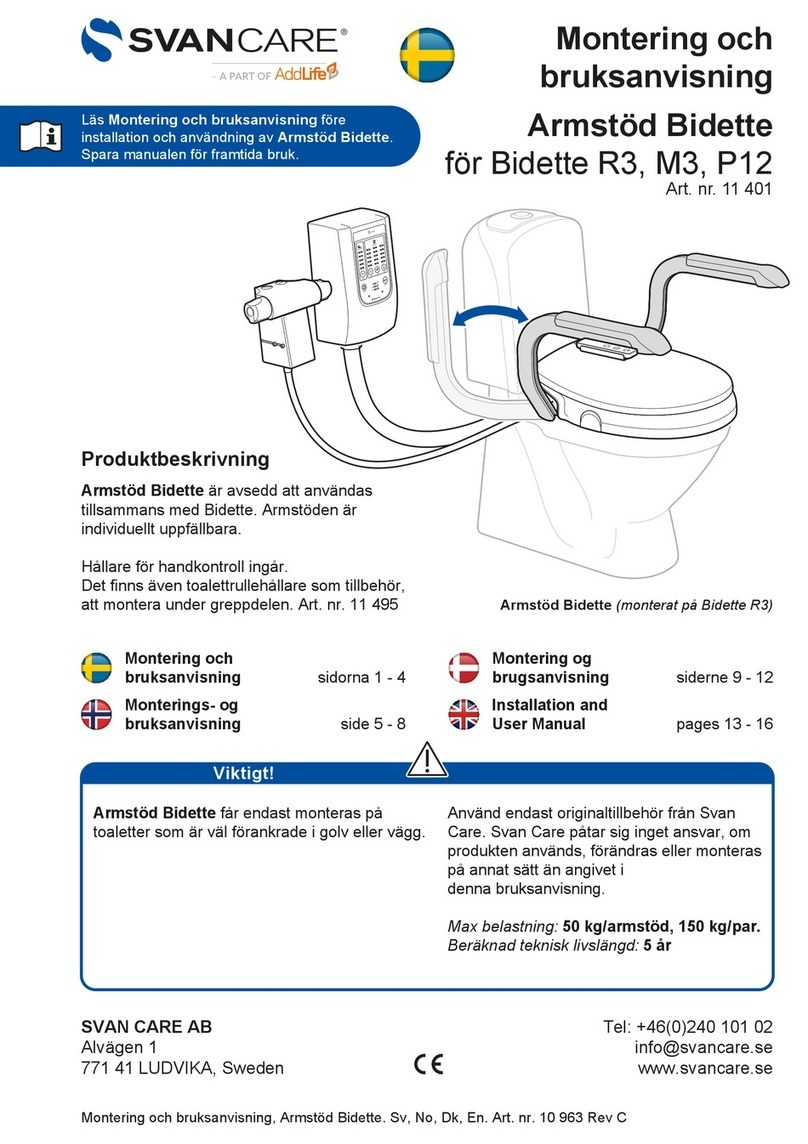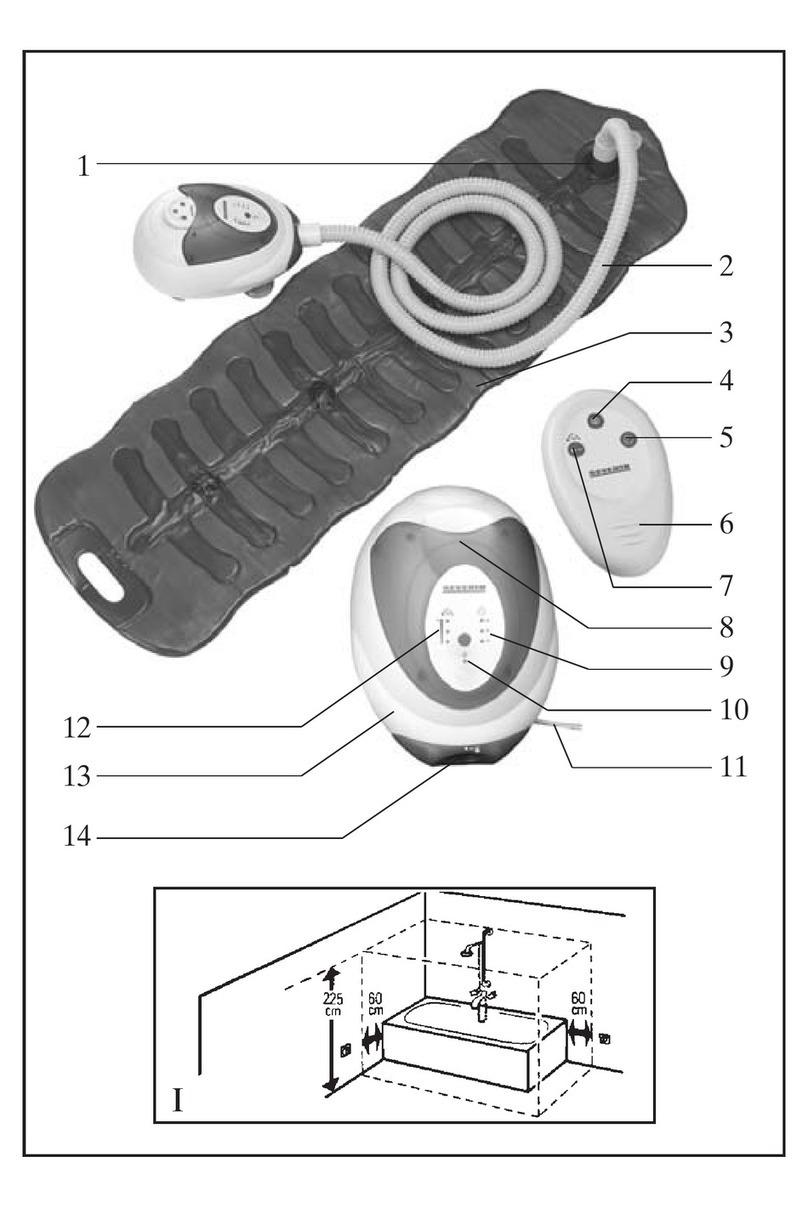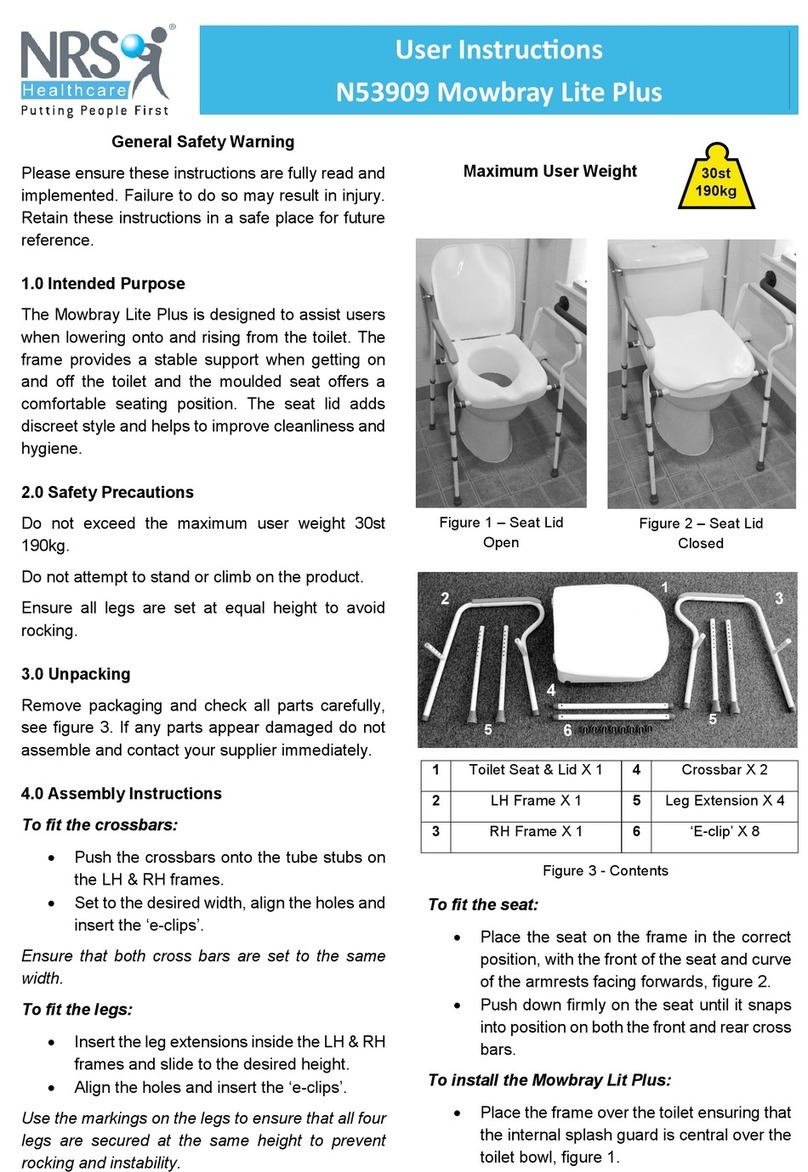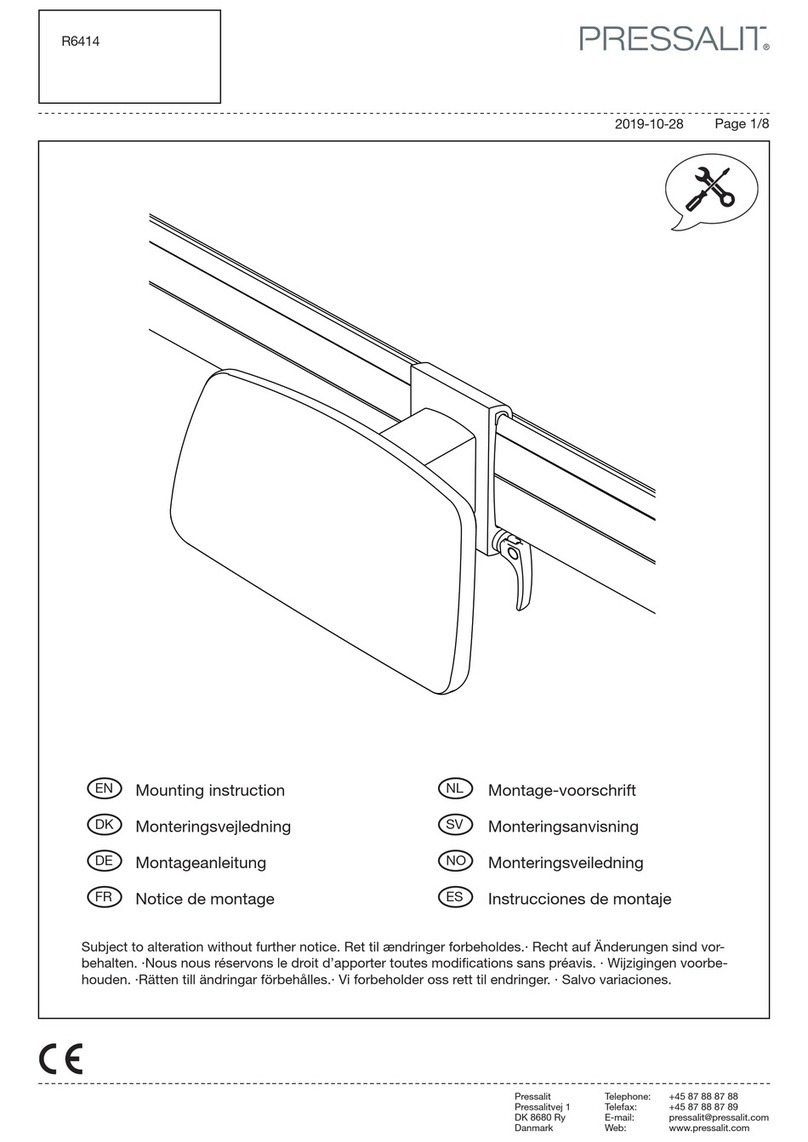
ii
Contents
FOREWORD.................................................................................................................................................................1
GENERAL INFORMATION........................................................................................................................................2
1DEFINITIONS ......................................................................................................................................................3
2SAFETY REQUIREMENTS ................................................................................................................................4
2.1 Training .........................................................................................................................................................4
2.2 Application ....................................................................................................................................................4
2.3 Shipping and Storage.....................................................................................................................................4
2.4 Pre-Service Check .........................................................................................................................................5
2.5 Hazards ..........................................................................................................................................................5
2.5.1 Position of Chair - “Danger of Falling”.................................................................................................5
2.5.2 Location of Chair - “Danger of Tipping or Falling Objects”.................................................................5
2.5.3 Total Lock Wheel Brakes - “Danger of Falling” ...................................................................................5
2.5.4 Re-Positioning of Resident - “Danger of Clamping”.............................................................................6
2.5.5 Unintended Movement - “Danger of Falling or Collision”....................................................................6
2.5.6 Improper Restraint Use - “Risk of Serious Injury”................................................................................6
2.6 Improper Use .................................................................................................................................................6
2.7 Cleaning.........................................................................................................................................................7
2.8 Maintenance...................................................................................................................................................8
2.9 Resident Specific Instructions .......................................................................................................................9
3OPERATION AND MOVEMENT.....................................................................................................................10
3.1 Adjustable Seat Height ................................................................................................................................10
3.2 Back Height and Angle................................................................................................................................11
3.3 Seat Depth....................................................................................................................................................12
3.4 Caster Conversion........................................................................................................................................12
3.5 Mag Wheel Mounting Position....................................................................................................................14
3.6 Anti-Tipper Height Adjustment...................................................................................................................14
3.7 Commode Seat Mounting............................................................................................................................15
3.8Casters & Mag Wheels ................................................................................................................................16
3.9 Angle Adjustable Seat Dump ......................................................................................................................16
3.10 Removing and Adjusting Footrests..............................................................................................................17
3.11 Removable Bed Pan & Basket (Option) ......................................................................................................18
3.12 Lateral Torso Support (Option) ...................................................................................................................18
3.13 Accessories (Options)..................................................................................................................................18
4INSPECTION AND FUNCTIONAL TESTING ................................................................................................19
4.1 Inspection.....................................................................................................................................................19
4.2 Functional Testing .......................................................................................................................................19
5TECHNICAL INFORMATION..........................................................................................................................20
5.1 Specifications...............................................................................................................................................20
5.2 Broda Sentinel Shower Commode Parts Schematic Legend- 2022 .............................................................21
6TROUBLESHOOTING AND REPAIR..............................................................................................................21
7MANUFACTURER WARRANTY ....................................................................................................................22



